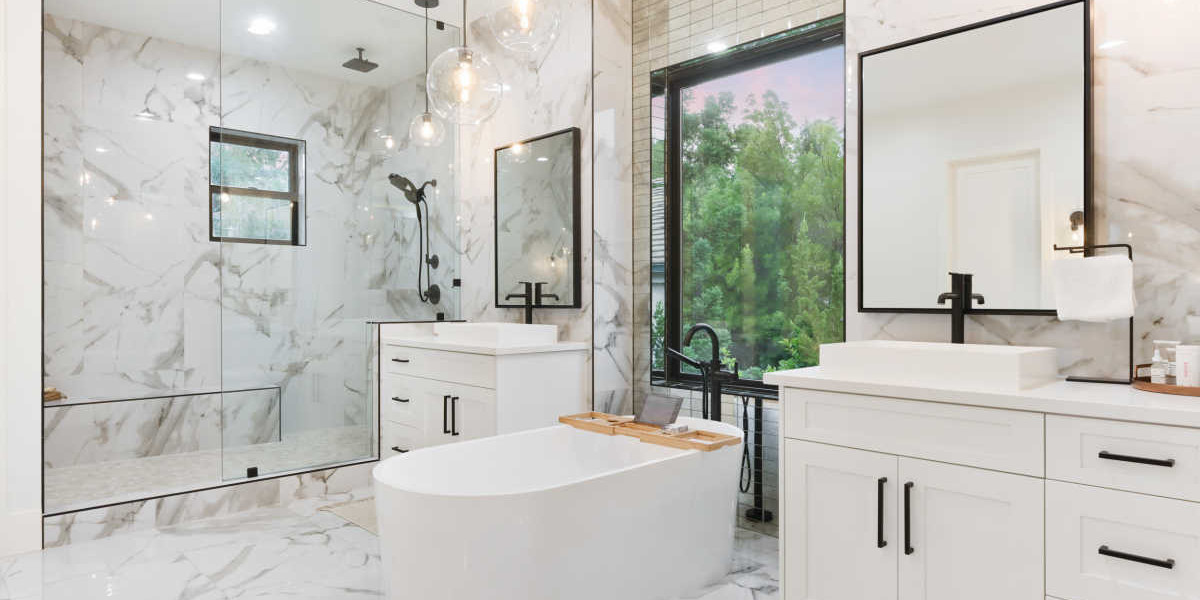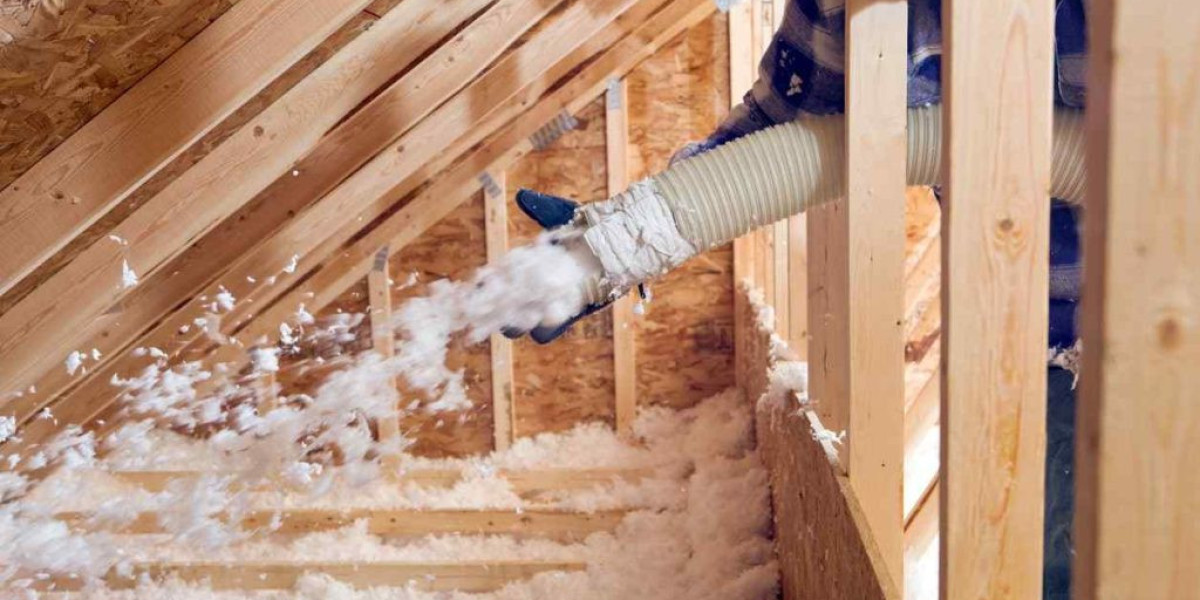Your bathroom remodeling is a personal retreat, a space where relaxation and rejuvenation are paramount. If your current bathroom lacks the charm or functionality you desire, a remodel can transform it into a sanctuary that meets both your needs and your aesthetic preferences. Whether you're planning a complete renovation or just a few updates, this guide will help you navigate the process of bathroom remodeling to achieve a space that enhances your daily routine and adds value to your home.
1. Initial Planning and Budgeting
A successful bathroom remodel begins with thorough planning and a clear budget.
- Evaluate Your Needs: Start by assessing your current bathroom. Identify what's working well and what could be improved. Do you need more storage, better lighting, or a larger shower? Understanding your requirements will help you prioritize changes that will have the most significant impact.
- Set a Budget: Bathroom remodeling costs can vary widely depending on the scope of the project and the materials selected. Establish a realistic budget that aligns with your goals, and set aside extra funds for any unexpected expenses that may arise. A well-defined budget will guide your decisions and keep the project on track.
- Gather Inspiration: Collect design ideas from magazines, websites, and social media. Whether you prefer a sleek, modern look or a cozy, traditional style, having a clear vision will help you make cohesive design choices and ensure your remodel reflects your personal taste.
2. Design and Layout
The design and layout of your bathroom are essential to its functionality and aesthetic appeal.
- Maximize Space: Optimize the layout to make the most of your bathroom’s dimensions. Consider space-saving solutions such as wall-mounted vanities, compact fixtures, and built-in storage. Effective use of space ensures that your bathroom is both practical and visually pleasing.
- Choose the Right Layout: Depending on your bathroom’s size and shape, you may stick with the existing layout or explore new configurations. For example, swapping a traditional bathtub for a walk-in shower can open up space and create a more modern look. Choose a layout that enhances the room’s usability and suits your lifestyle.
- Select Materials: The choice of materials for countertops, flooring, and walls will influence both the look and durability of your bathroom. Opt for water-resistant materials like porcelain or ceramic tiles for flooring, and consider durable options like quartz or granite for countertops. Choose materials that are easy to maintain and complement your overall design.
3. Fixtures and Fittings
Fixtures play a key role in both the functionality and style of your bathroom.
- Shower or Tub: Decide whether to keep a bathtub, replace it with a walk-in shower, or incorporate both. Walk-in showers with frameless glass doors offer a contemporary look and are easy to maintain, while freestanding tubs can serve as a luxurious focal point.
- Vanity and Sink: Choose a vanity that fits the size of your bathroom and your storage needs. Options range from sleek, minimalist designs to more ornate styles. Vessel sinks add a modern touch, while undermount sinks provide a clean, streamlined appearance.
- Toilet: Consider upgrading to a more efficient, water-saving toilet. Dual-flush models offer the option of a low-flow flush for liquid waste and a more powerful flush for solid waste, helping to conserve water and reduce utility costs.
4. Lighting
Proper lighting is crucial in a bathroom, where tasks such as grooming require clear visibility.
- Ambient Lighting: Provide general illumination with ceiling-mounted fixtures or recessed lighting. This ensures that the entire room is evenly lit and creates a bright, welcoming environment.
- Task Lighting: Install focused lighting in areas where specific tasks are performed, such as over the vanity or in the shower. Under-cabinet lights, wall sconces, or a well-placed mirror with built-in lighting can help eliminate shadows and provide ample light for grooming.
- Accent Lighting: Use accent lighting to highlight design features, such as a decorative backsplash or architectural details. This adds visual interest and enhances the overall ambiance of your bathroom.
5. Countertops and Backsplashes
Countertops and backsplashes are both functional and decorative elements in the bathroom.
- Countertops: Select a countertop material that combines durability with style. Granite, quartz, and marble are popular choices for their resilience and elegance, while laminate or butcher block offers more affordable alternatives.
- Backsplashes: The backsplash protects your walls from moisture and adds a decorative touch. Consider options like classic subway tiles, or go for more distinctive materials such as glass, metal, or mosaic tiles to make a statement and complement your countertops.
6. Flooring
Choosing the right flooring is essential for durability and ease of maintenance.
- Tile Flooring: Porcelain or ceramic tiles are durable and water-resistant, making them ideal for bathroom floors. They come in various styles and colors, allowing you to create a look that matches your design vision.
- Hardwood: Hardwood floors add warmth and sophistication but may require more maintenance. Engineered wood is a moisture-resistant alternative that provides the appearance of real wood while standing up to bathroom conditions.
- Vinyl and Laminate: These cost-effective options mimic the look of wood or tile and are easy to clean and maintain. They are especially suitable for high-traffic areas due to their durability.
7. Ventilation
Good ventilation is key to maintaining a healthy and comfortable bathroom environment.
- Exhaust Fan: An exhaust fan helps remove moisture and odors from the bathroom. Choose a fan with the appropriate capacity for your bathroom size and consider models with additional features like built-in lighting or heating for added functionality.
- Natural Ventilation: Whenever possible, incorporate windows or a skylight to allow natural light and fresh air into the bathroom. This can reduce the need for artificial lighting and improve air quality.
8. Finishing Touches and Decor
The final details can enhance the overall look and feel of your bathroom.
- Hardware: Update cabinet handles, drawer pulls, and faucets to refresh the look of your bathroom. Choose finishes that complement your design, such as chrome, brushed nickel, or matte black.
- Mirrors: A well-placed mirror can enhance the sense of space and light in your bathroom. Consider a large, frameless mirror for a modern touch or a decorative framed mirror for a more traditional style.
- Accessories: Add personal touches with bath mats, towels, and decorative items. These elements can tie the room together and create a cohesive and inviting space.
Conclusion
Remodeling your bathroom offers an opportunity to enhance both its functionality and aesthetic appeal. By carefully planning your design, selecting appropriate materials and fixtures, and paying attention to details like lighting and storage, you can create a bathroom that is both beautiful and practical. Whether you envision a spa-like retreat or a charming traditional space, a well-executed remodel will provide a personal sanctuary that you’ll enjoy for years to come.



